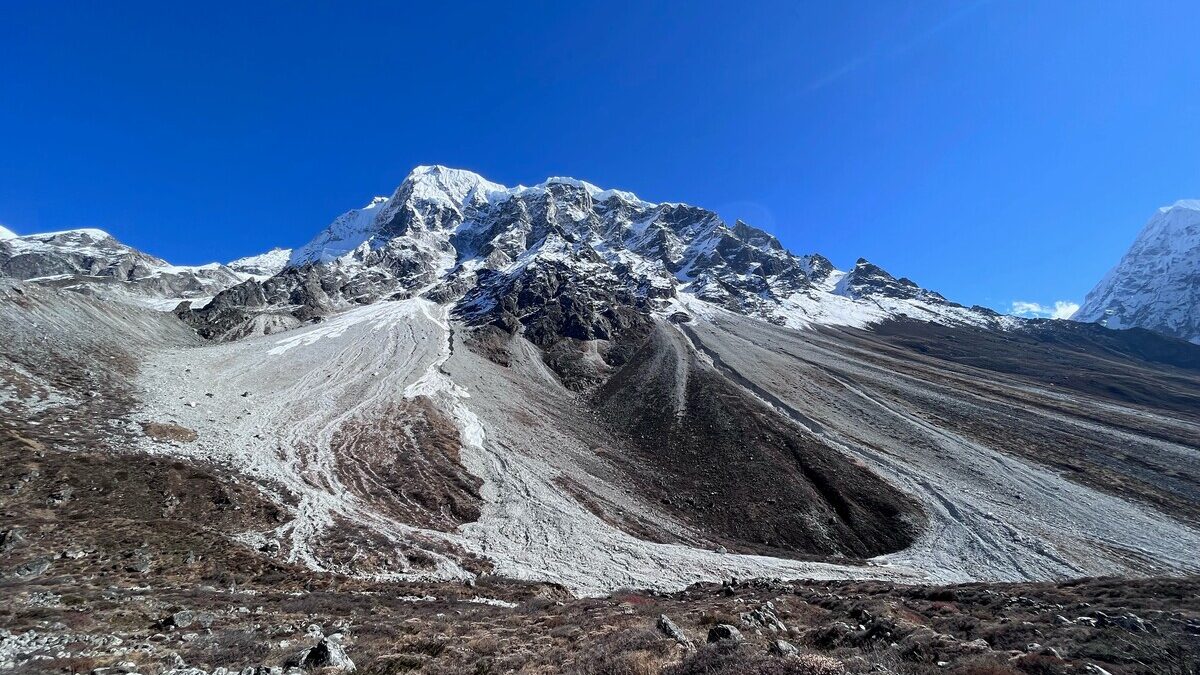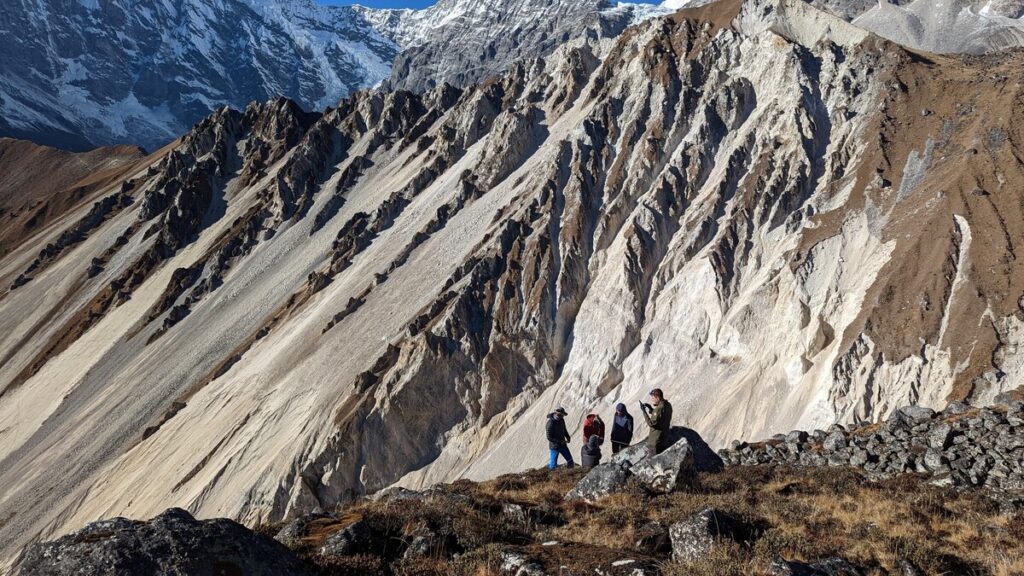Densely populated areas of High Mountain Asia (HMA) are highly dependent on the water supply from the snow and glacier melt from the higher elevations. Despite the climatic heterogeneity of the region, ice mass loss has been observed over the entire area including the retreat of glaciers and the thawing of permafrost. This leads to the exposure of unconsolidated moraine debris and sediment deposits, the development of new glacial lakes and expansion of existing lakes. These changes in the state of the high mountain cryosphere increase landslide, debris flow and flood hazards. This project focuses on debris flows and mass movements in high mountain environments.
Aims and Objectives
In this project, we aim to unravel the processes, that drive the debris flow hazard in the region and quantify it. What are the triggering mechanisms? What is the chance of such events occurring? How likely is the flood to turn into a debris flow? How are the climatic changes affect the magnitude and frequency of these events? How different is it across High Mountain Asia?
Approach
We use machine learning, physically based modelling and extensive field observations. With the help of machine learning, we are trying to characterize locations (catchments), where the debris flow can occur and quantify the probabilities of these events. We are also looking at the regional differences between debris flow triggering mechanisms.
The physically based modelling approach, the SedCas model to identify the changes in the magnitude and frequency of debris flows under different scenarios and glacier retreats. With the field observations to study the hydrological cycle and sediment production mechanisms, that lead to the debris flows in the high altitude catchment of Yala glacier in Himalaya.


